6 Bedroom Plants That’ll Drastically Improve Your Health and Wellness
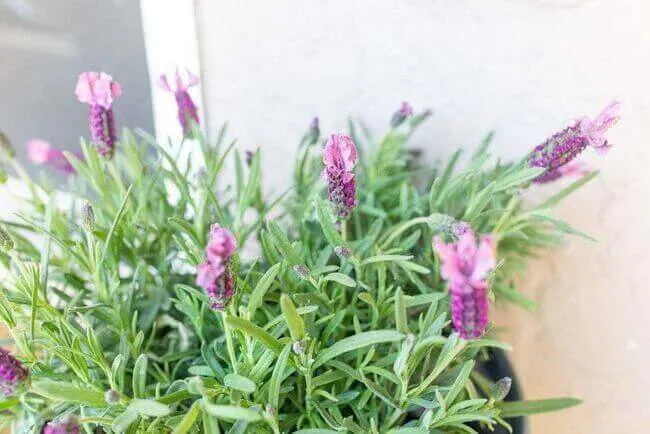
A very popular flower for its beautiful look as well as its functional use as an essential oil, lavender is a must-have for your bedroom. Lavender gives off a nice aroma that you simply can’t get anywhere else. Lavender is a very distinctive-looking plant with tiny purple flowers that grow in a whirling pattern. Its foliage is a green-gray color. Lavender plants will typically grow as tall as two to three feet if they have the proper space to do so.
While purple is the most popular color for this plant, the Mediterranean plant does come in light pink with white flowers.
Health Benefits:
There’s no better place to grow this plant than in your bedroom because of its calming effects on the body. All it takes is a nice big whiff of lavender to help soothe your nervousness, depression, insomnia, or anxiety.
It’s naturally shown to reduce stress and help you breathe easily and have a better sleep. A study by the Miami Miller School of Medicine even showed that the scent of lavender in bath oil calmed babies and sent them off into a deeper sleep. This is exactly why you’ll find it for sale in many spa-like products including soaps, skincare creams, candles, and bath salts.
Likes And Dislikes:
Unlike the spider plant, lavender does need to be put in an area that receives direct sunlight throughout the day. However, you will need to water it often. The biggest fallback of growing indoors is the lack of light. Place near a southern-facing window. Plant your lavender plant in full sun and make sure the soil is well-drained.
Living With Children And Pets:
Lavender, the plant, does contain a small amount of a compound called linalool, which is toxic to both dogs and cats if ingested. This is a great plant for air purification, but it’s important to check if you are allergic to it before you use it.
3. Aloe Vera: Best Plant For Improving Air Quality.
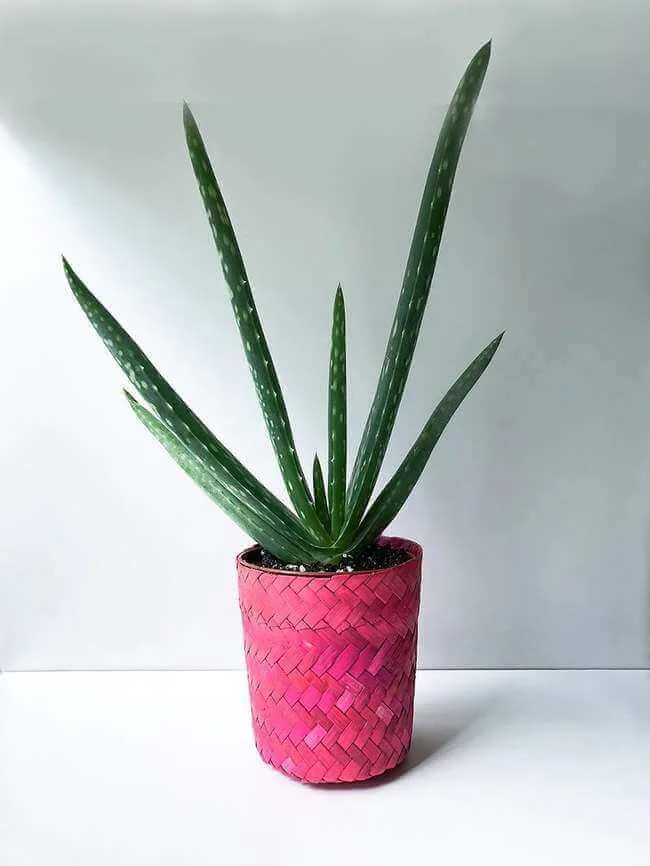
This succulent plant is very unique looking with stemless, fleshy leaves. These leaves are green with white speckles throughout. Along the edge of each leaf, you’ll see white spikes that help to make aloe vera very identifiable alongside other household plants.
Most people think of aloe vera as a clear gel-like substance. They forget all about the plant and that the gel comes from the aloe vera plants’ innermost part of the leaf.
This is a perfect type of house plant to get if you like to cure skin problems naturally. You can apply it directly to your skin to remedy a number of issues. Some of the most common are sunburn, frostbite, burns, cold sores, and psoriasis.
Health Benefits:
It produces extra oxygen at night, so like the other plants listed, it will purify the air in your bedroom while you sleep.
Likes And Dislikes:
Your aloe will need to be deeply watered so that the water penetrates the roots. Also, natural light but not too much is what this plant likes best. Maintaining an aloe vera plant can take some effort to grow correctly. You’ll want to avoid keeping your aloe vera plant in direct sunlight as it can cause the leaves to start browning.
Living With Children And Pets:
Although considered a medicinal plant totally safe for humans, aloe vera’s level of toxicity is mild to moderate for cats and dogs. Vomiting, diarrhea, lethargy, depression, anorexia, tremors, can happen to your little pets if ingested.
4. English Ivy Plant: Best Plant For Your Respiratory System.
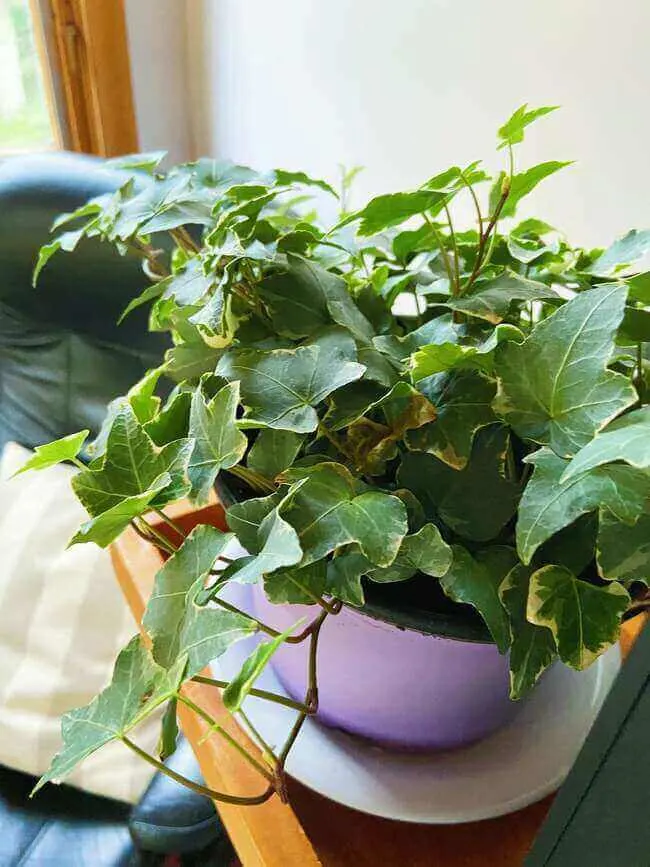
This evergreen perennial has been idolized since the times of the ancient Romans and Greeks for many reasons. English Ivy is best described as having thick, glossy leaves.
You’ll find them in dark to medium green tones with white or yellow veins running through them. The leaves on adult English Ivy plants will be oval in shape. These are very easy to identify alongside other ivies as the leaves have a large number of bold veins running through them.
Health Benefits:
The most popular thing about this plant is that it helps people with breathing conditions such as asthma, COPD, and bronchitis. It naturally relaxes the airways and reduces the amount of coughing a person experiences. This makes it perfect to put in your bedroom to help you sleep at night.
Another great benefit of having an English ivy plant in your bedroom is that it dilutes 94 percent of airborne mold particles. This means that you’ll not only eliminate the possibility of mold growing in your home but you’ll greatly reduce the allergens that can be wreaking havoc on your respiratory system.
Likes And Dislikes:
Unlike other plants that need direct sunlight, English Ivy thrives more under artificial light so try to avoid direct sunlight in summer. Water frequently.
Living With Children And Pets:
This ivy is another common indoor decorative plant that can be toxic to dogs and cats if eaten. Symptoms of intoxication from English ivy can include abdominal pain, vomiting, and diarrhea, or excessive salivation.
5. Snake Plant: Best Plant For Air Purification.
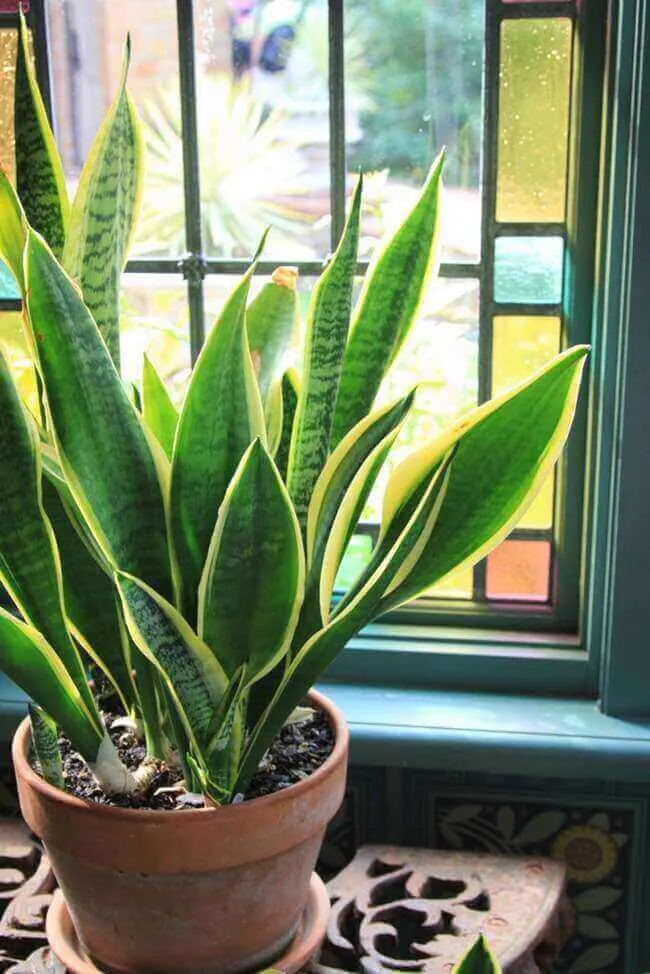
Snake plants are easily identifiable by their thick, leathery leaves. Since these plants grow two to four feet tall, you’ll be able to pick them out at the gardening center with ease. These leaves are comprised of a dark green tone that can have either a light green outside or simply light green waves running horizontally through each inch of the leaves.
Health Benefits:
Apart from removing carbon dioxide, this plant also removes harmful toxins including toluene, xylene, benzene, trichloroethylene, and formaldehyde. The snake plant truly is the best plant for air purification to help you breathe better indoors.
Likes And Dislikes:
Snake plants are typically about waist-high when fully grown. They’re one of the easiest house plants to grow. They don’t have to be placed in direct sunlight and you don’t have to water them very often. In fact, snake plants tend to grow better when you let the soil dry out a bit before watering.
Living With Children And Pets:
This plant is mildly toxic to pets as it does contain saponins; natural chemicals produced by the plant to protect it from insects, microbes, and fungi. The level of toxin, however, is relatively low.
6. Boston Fern: Best Plant For Restoring Moisture.
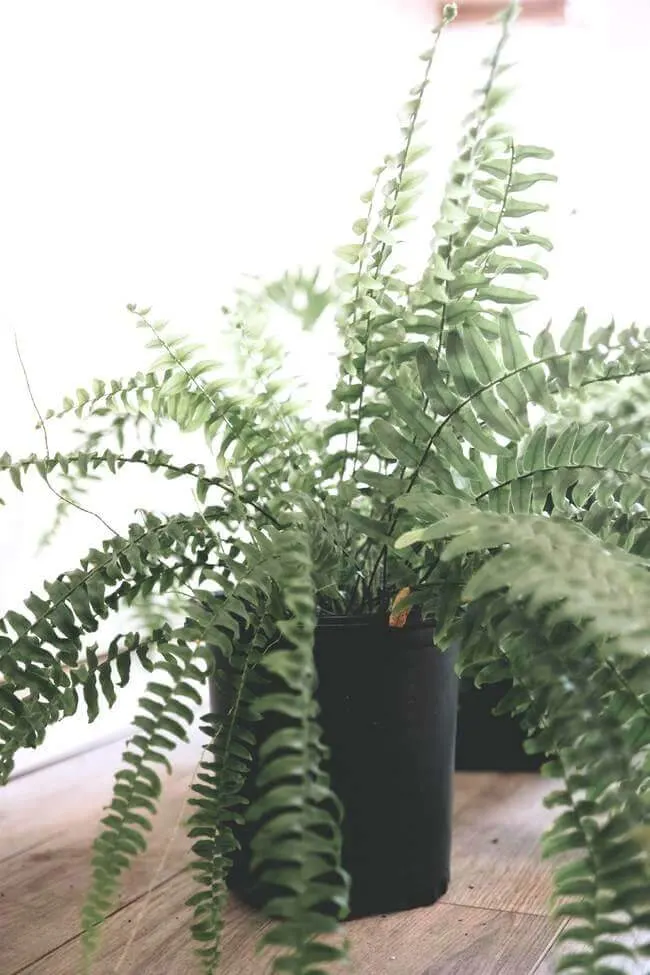
Boston ferns thrive in cool environments and their soil must be kept very moist. You can grow these ferns in indirect sunlight as well.
Living With Children And Pets:
Boston ferns are non-toxic for both cats and dogs.
Consider adding a couple of the suggested best bedroom plants to get started. Once you receive the awesome health benefits you’ll want to add more to your sacred bedroom space.




